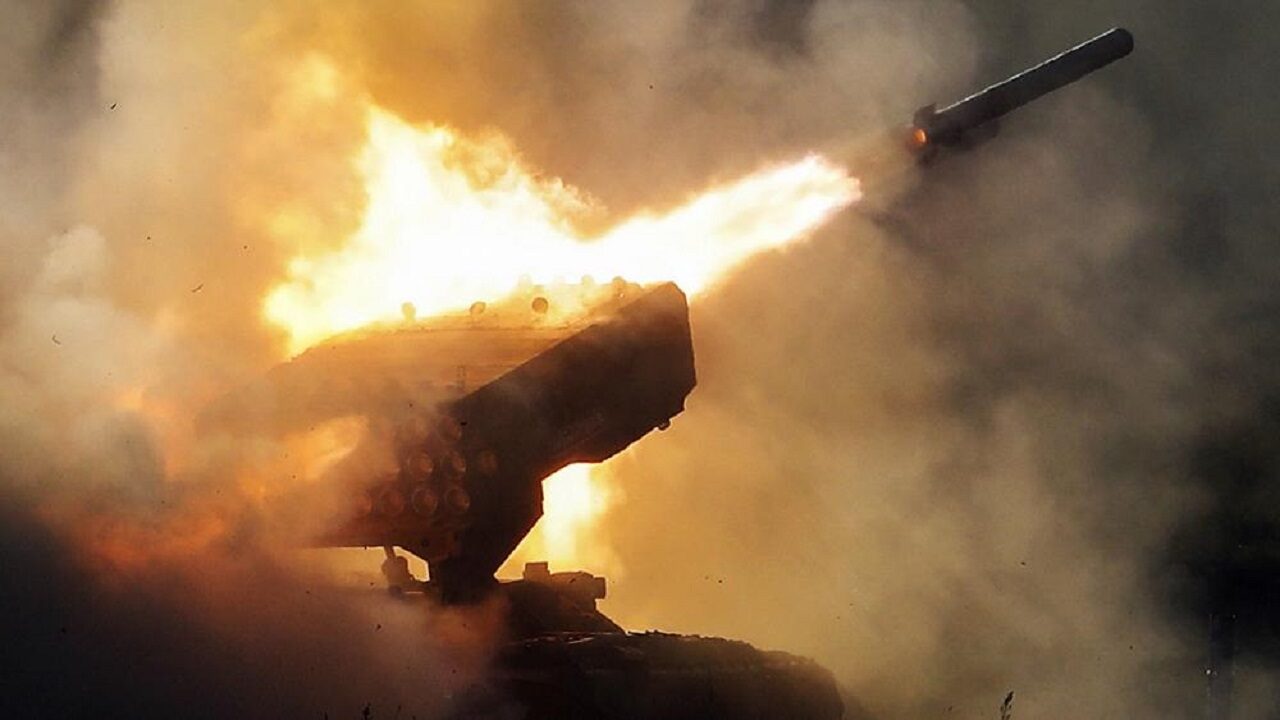Ukraine War Update: On day 156 of the Russian invasion of Ukraine, the Russian military has still to achieve a breakthrough in the Donbas as the Ukrainian forces push toward Kherson.
The War in the Donbas Continues
Meanwhile, the fighting in the Donbas continues as the Russian military is still searching for that elusive breakthrough.
Since the end of the operational pause, the Russian military has failed to make any significant gains in the area—indeed, this is a trend; since the start of the renewed Russian offensive in eastern Ukraine in May, the Russian military has captured between six and ten miles of Ukrainian territory but for the cost of thousands of men, vehicles, and weapon systems.
Most of the combat action is now concentrated on two locations in the Donbas: Siversk in the north and Bakhmut in the south. But despite trying to advance on both locations for the better part of a week, the Russian forces have only managed to make marginal gains in the direction of Bakhmut.
Put simply, it looks like the Russian military doesn’t have the manpower or combat capabilities to wage effective offensive operations in multiple parts of a theater.
“The Russian grouping in Donetsk Oblast is likely seeking to capitalize on recent marginal gains southeast of Bakhmut by continuing to attempt to advance in that area. Russian forces may be de-emphasizing attempts to take Siversk in order to concentrate on Bakhmut, but it is too soon to tell,” the Institute for the Study of War assessed in its latest operational update of the war.
But now, it looks like the Russian forces might try to direct all of their efforts toward Bakhmut in the south to the detriment of offensive operations elsewhere in the Donbas.
“By contrast, Russian forces have been struggling to make concrete gains around Siversk and have not made any confirmed advances toward the city since the capture of the Luhansk Oblast Administrative border in early July. Russian command is likely, therefore, seeking to maintain momentum around Bakhmut, potentially at the expense of continued pressure on Siversk. Russian forces remain unlikely to take Bakhmut itself, despite recent incremental advances in its direction,” the Institute for the Study of War added.
Russian Casualties
The Ukrainian Ministry of Defense claimed that as of Friday, Ukrainian forces have killed approximately 40,500 Russian troops (and wounded approximately thrice that number), destroyed 222 fighter, attack, and transport jets, 190 attack and transport helicopters, 1,749 tanks, 900 artillery pieces, 3,987 armored personnel carriers, and infantry fighting vehicles, 258 Multiple Launch Rocket Systems (MLRS), 15 boats and cutters, 2,870 vehicles and fuel tanks, 117 anti-aircraft batteries, 731 tactical unmanned aerial systems, 77 special equipment platforms, such as bridging vehicles, and four mobile Iskander ballistic missile systems, and 174 cruise missiles shot down by the Ukrainian air defenses.
Russian Mercenaries Instead of Soldiers
In its daily estimate of the war, the British Ministry of Defense focused on the infamous Russian private military company Wagner Group and its role in the war in Ukraine.
A private military company with tentacles around the world, including Ukraine, Syria, Libya, and several central African countries, Wagner Group has been acting as Russian President Vladimir Putin’s private army for years.
In the current war in Ukraine, the Kremlin has been giving the Wanger Group increasing responsibilities, setting the conditions for friction with the Russian military.
“Since March, Russian private military company (PMC) Wagner Group has operated in eastern Ukraine in coordination with the Russian military. Wagner has likely been allocated responsibility for specific sectors of the front line, in a similar manner to normal army units,” the British Military Intelligence assessed.
“This is a significant change from the previous employment of the group since 2015, when it typically undertook missions distinct from overt, large-scale regular Russian military activity. This new level of integration further undermines the Russian authorities’ long-standing policy of denying links between PMCs and the Russian state,” the British Ministry of Defense stated.
“Wagner’s role has probably changed because the Russian MoD has a major shortage of combat infantry, however Wagner forces are highly unlikely to be sufficient to make a significant difference in the trajectory of the war,” the British Military Intelligence assessed.
1945’s New Defense and National Security Columnist, Stavros Atlamazoglou is a seasoned defense journalist specializing in special operations, a Hellenic Army veteran (national service with the 575th Marine Battalion and Army HQ), and a Johns Hopkins University graduate. His work has been featured in Business Insider, Sandboxx, and SOFREP.

